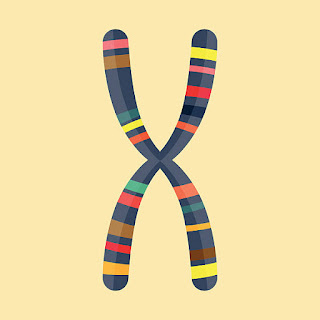Plasma Membrane
Plasma Membrane: Outer most layer in animal cell and second outer most layer in plant cell. It is also called
plasma-lemma.
Structure of plasma membrane was proposed by two scientists Singer and Nicolson in 1972,called fluid Mosaic Model.
According to this model plasma membrane is composed of two layer of phospholipid,(phosphatidylcholine and phosphotidylethanolamine).
Along these lipids proteins are also present.
Each layer of phospholipid has two ends.
1.
Hydrophobic end
uncharged tail end insoluble,it is nonpolar end, inner part these ends are present opposite to each other.
2.
hydrophilic end
polar end (outer part) has charged,head end of the molecule contains phosphate portion and it is is relatively soluble in water.
in these layers proteins are present in different manner.
1.
extrinsic proteins
also called peripheral proteins these proteins are present along the surface of lipids they have loose attachment with membrane surface (stud the inside and outside the membrane)
2.
intrinsic proteins
also called integral proteins
these proteins are found deeply in the lipid bilayer, they help in the movement of water soluble ions outside or inside the cell.
Attachment of proteins
Peripheral proteins are attached to the surface of the membrane in various ways one common way is attachment to glycosylated form of phospatidylinositol (GPI) anchors include enzymes such as Alkaline phosphatase various antigen and number of cell adhesion molecules. over 45 GPI Ilinked cell-surface proteins have been described in humans. other proteins are lipidated.
Proteins in Cell membrane
Proteins make 50% mass of the membrane
2. proteins perform many function Some are cell adhesion molecules that anchor cell to another cell are basal lamina.
3. some protein function as pumps actively transport ion across the membrane transporting substances gradient by facilitated diffusion.
4. protein function as carrier some protein function as receptor that binds ligands are messenger molecules, also function as enzyme, catalysing reaction at the surface of membrane.
(In animal cell cholesterol may be present but in plant and bacterial cell it is absent).
Function of cell membrane
it protects the cytoplasm of cell.
it is semipermeable membrane,it helps in permeability allows to pass different solution of molecule in and out of the cell.
permeability of plasma membrane
the process of flow of solution and important materials in and out of a cell is known as selected are differential permeability.
this permeability is of two types
passive transport
active transport
1 passive transport
it is of two types diffusion and Osmosis
diffusion
Or passive permeability when two solution are substances of different concentration are mixed it is called
diffusion in this process the movement of molecules from higher to the lower concentration without membrane,it helps in the diffusion of many substances like gases Oxygen and Carbon dioxide
(ii)
Osmosis
when a Soulute moves from the region of higher concentration and to the region of lower concentration in the presence of a semipermeable membrane, it is called
Osmosis.
it helps to maintain osmoregulation for example, it keeps the balance between osmotic pressure inside and outside the cell.
active transport
it is opposite to diffusion in this process the molecules move from lower to the higher concentration in this type of transport energy is required,active transport is of two types.
1.endocytosis
2.exocytosis
1
Endocytosis
when the cell membrane takes in certain materials by infolding in the form of a vacuole it is called
endocytosis.it is of two types
phagocytosis and pinocytosis
Phagocytosis
in this process the plasma membrane absorbs solid particles, for example the white blood cells absorb unnecessary harmful particles from the blood it is also called cell eating process.
Pinocytosis
it is process of taking fluid in larger amount. when the living cells take up fluid vesicles,it is called pinocytosis. it is also called self drinking process.
exocytosis
when the cell membrane allows the movement of certain materials out of the cell it is called exocytosis it is the process of membrane fusion after the movement of materials.





Comments
Post a Comment